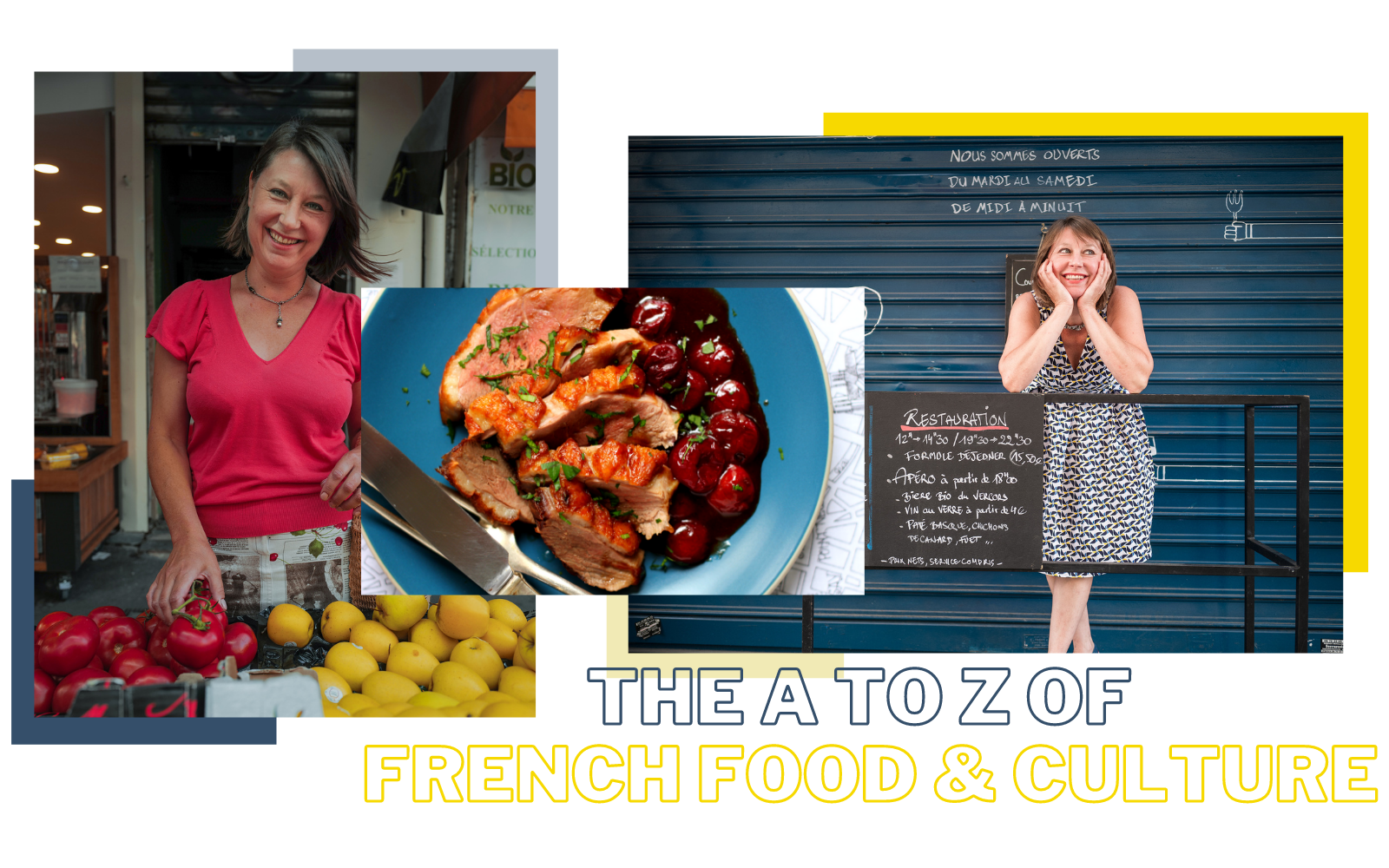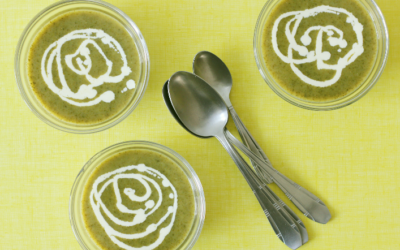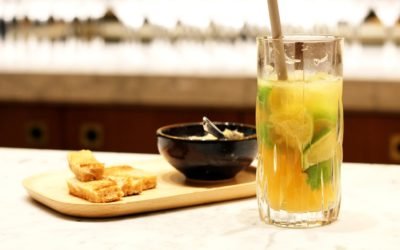
Interested in news from Paris and entertaining essays about french culture? Sign up for my newsletter!

About Allison
Hi! I’m Allison, and I’m an educator working in French food, culture, history, and art. If you’re a gastro-curious traveler or learner, I’m here to show you the A to Z of French food and culture!
I’m a born storyteller and highly passionate about sharing my deep cultural knowledge. My 25 years in France have led me on countless culinary and cultural explorations, and I’ve created engaging educational experiences for over 4000 clients. Click below to discover how we can share our common passion for French food and culture!


Discover Belleville!
This off-the-beaten path history tour
lets you penetrate the heart and soul of eastern Paris. You’ll discover the area’s wine history, its musical legacies, and contemplate ever-changing street art.
Join me for an exploration of this
effervescent neighborhood.


Taste a parisian market!
Discover the Marché d’Aligre, one
of Paris’s most vibrant and
authentic outdoor markets! I’ll
show you how to shop like a local,
share with you ideas to inspire your
seasonal cooking, and tips on how
to interact with market vendors.


The Parisian bouillon!
Back before gourmet dining reached the masses, people ate at bouillons, the first fast-food eateries in France! Come explore the world of the bouillon with me, your Expert Food Guide, and you’ll discover the beauty of the bouillon.


Simplest Watercress Soup
This warming early-spring soup from the book Let’s Eat Paris is ridiculously easy to make. It really is the simplest of soups!
Mumbai Mule
Looking for an original and tasty holiday cocktail recipe? The Mumbai Mule is a delicious variation on the Moscow Mule, made with chai syrup and pumpkin purée!
Dark and Stormy
Spice up your late winter evening with this story about my visit to Her Majesty’s Yacht and a recipe for Dark and Stormy, the Royal Navy’s favorite tipple.













